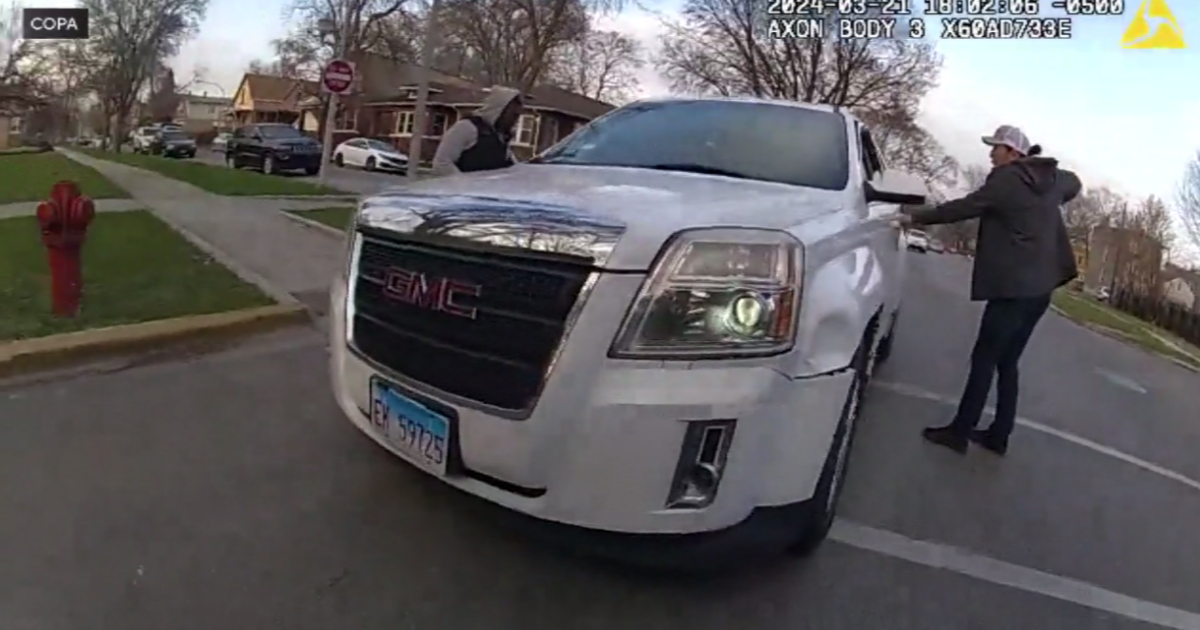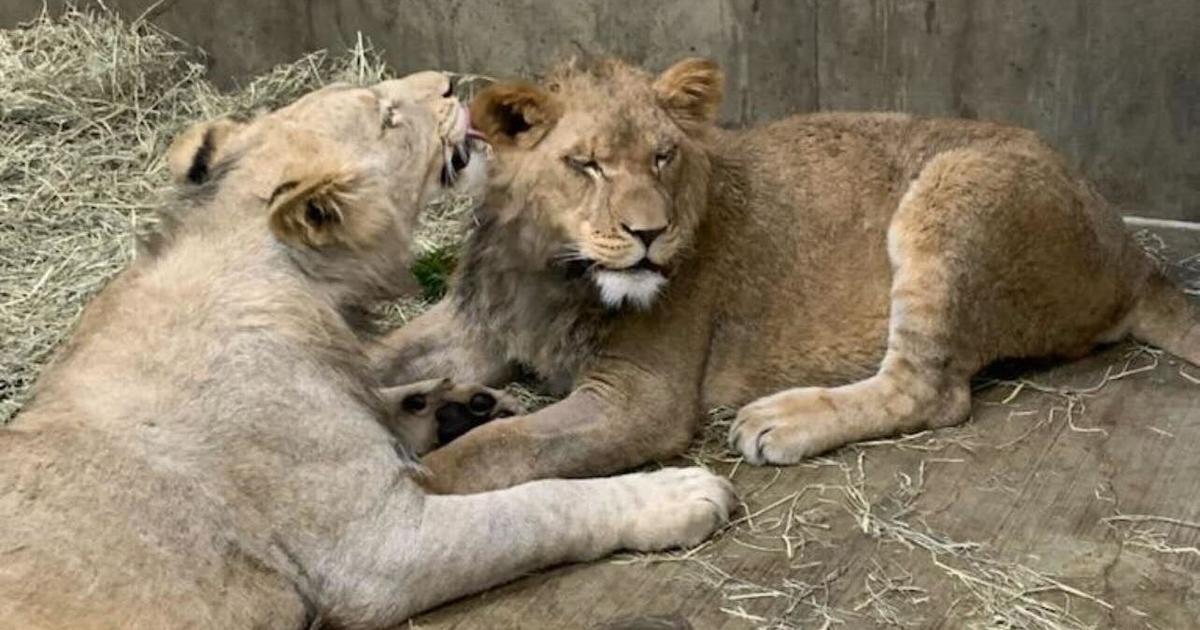Chicago Coyote Sightings Show The Animals Have Expensive Tastes
CHICAGO (CBS) -- Another day, another coyote sighting. seems like lately they're showing up everywhere.
But some Chicagoans having been counting and tracking coyotes for years.
CBS 2's Vince Gerasole has more from the Old Town neighborhood.
There are as many as three research projects taking place just to count the coyotes in metropolitan Chicago. And there could be as many as 3,000 coyotes.
It's a coyote looking back from a Whole Foods parking lot in Lincoln Park, and city boy Nick Wesley caught it on camera.
"I have been seeing a lot more recently which has been quite surprising," Wesley said.
He found another lurking at night along the banks of the Chicago River, and one more coyote by day, not far from Cabrini Green.
"It was always something I wouldn't expect in an urban environment," Wesley said.
RELATED: Coyote Bites Boy On The Hand Near Peggy Noterbaert Nature Museum
In recent weeks, folks have been calling and we've shared their pictures of coyotes interacting with the urban landscape, but is it really something new?
Four years ago, I reported on a coyote making himself at home in a vacant Streeterville lot.
The city says its coyote calls totaled about 268 in 2017. That number that dropped to roughly 146 by 2018, and then rose again to 331 for most of 2019. But those numbers could reflect multiple calls for the same coyote.
"They are so visible in winter because there is no vegetation," said Seth Magle.
If anyone can tell us if the coyote population is on the rise, Magle at the Lincoln Park Zoo's Urban Wildlife Institute.
"They are technically called motion trigger cameras," Magle said. He added that they're also called camera traps. The 100 devices throughout metropolitan Chicago have taken tens of thousands of pictures of coyotes over the past decade.
"I feel confident in saying their numbers are on the upswing," Magle noted.
Pictures show that coyotes are adapting to city life, and they also are attracted to certain environments.
"The sort of higher income, wealthier neighborhoods tend to more often have coyotes than the ones that are less wealthy," Magle said.
It might be the gardens and bushes found there, where they tend to sleep by day. Nighttime allows for less interaction with humans and cars, and it is a stark contrast to the behavior of their cousins in the wild.
"Coyotes are adapting to cities. They're doing better and better over time as they make use of these urban landscapes we've created," Magle said.



